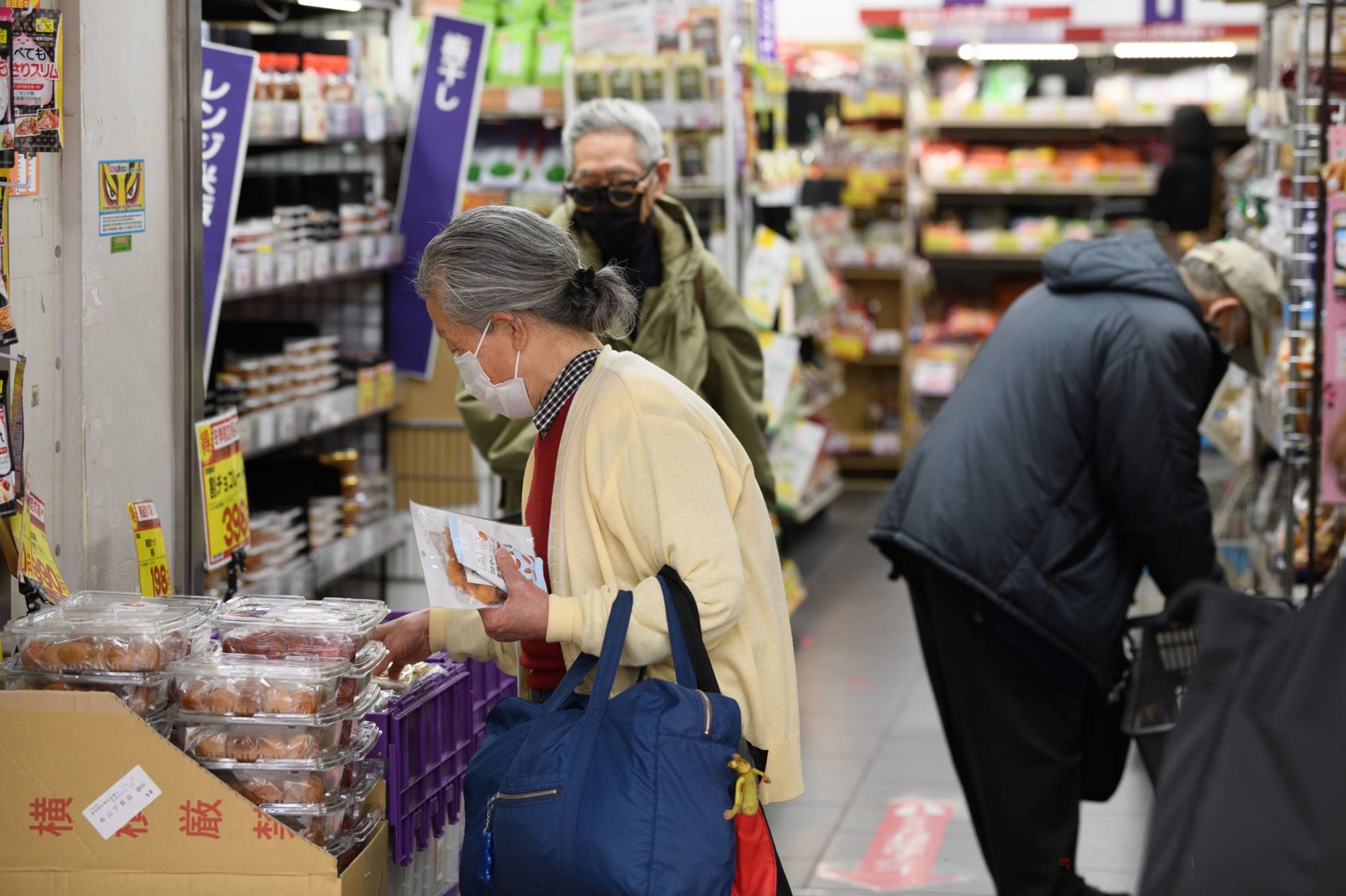Japan’s economy has narrowly avoided a recession on weaker-than-expected consumption as it faces elevated inflation and a global economic slowdown.
Gross domestic product grew at an annualized 0.1% in the fourth quarter from the previous period, revised figures from the Cabinet Office showed Thursday. That was significantly below both initial estimates and economist forecasts, and meant Japan barely avoided two consecutive quarters of contraction.
Weaker private spending was the main factor behind the revision, rising less than initial estimates. The data suggested people went out less than expected during Japan’s latest COVID-19 wave, and lessened food purchases as prices rose. The ongoing weakness in the economy supports the central bank’s view that Japan still needs help from easy monetary policy.



















With your current subscription plan you can comment on stories. However, before writing your first comment, please create a display name in the Profile section of your subscriber account page.